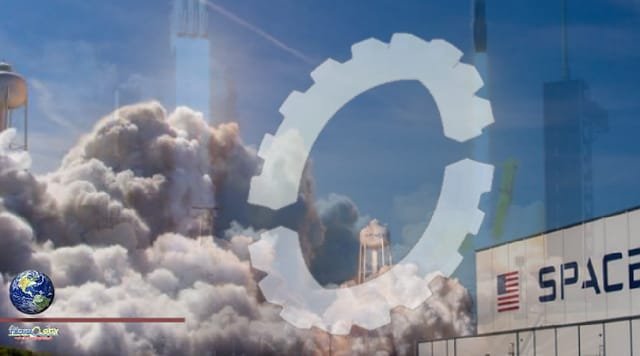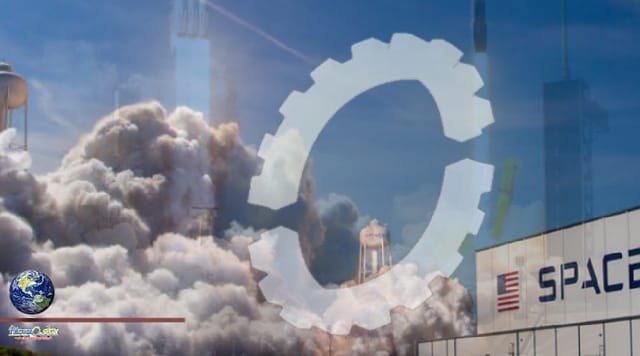NASA astronaut Mark Vande Hei is safely back on Earth mission aboard the International Space Station he longest single to spaceflight in history by an American astronaut. which Vande Hei reflected on his mission.

“It was not about any record for me at all. It (was) just the opportunity to work with a really good sense of purpose in a job where we get to help out all of humanity. The number of days was not that important to me, and I think that helped me react to whether it was going to – to be comfortable with it being either a shorter mission or a longer mission, like it turned out to be.”—Mark Vande Hei, NASA Astronaut
Data from Vande Hei’s mission will help us prepare for the effects of long-duration spaceflight on the human body, as we continue our plans to return astronauts to the Moon under the program, in preparation for eventual human missions to Mars.
teams at our Kennedy Space Center were preparing for the next attempt at the Artemis I wet dress rehearsal test with our Space Launch System rocket and Orion spacecraft, pending range availability and restoration of propellants and gases during the test. Engineers did accomplish several test objectives during two previous test runs that will help prepare teams and the integrated systems for launch. This wet dress rehearsal marks the first use of new systems at Kennedy’s Launch Complex 39B and is the last major test before the uncrewed Artemis I launch.
the first private astronaut mission to the International Space Station, lifted off aboard a SpaceX Dragon spacecraft from our Kennedy Space Center. During the 10-day mission, the Ax-1 crew will spend eight days on the space station, conducting scientific research, outreach, and commercial activities. The mission represents both a culmination of NASA’s efforts to foster a commercial market in low-Earth orbit and a beginning of a new era of space exploration that enables more people to fly on more kinds of missions.
Northrop Grumman and Lockheed Martin engineers recently conducted a final hot-fire test in Promontory, Utah of the abort motor built for the launch abort system on NASA’s Orion spacecraft, qualifying the system for missions with crew beginning with Artemis II. In the event of an emergency on the launch pad or during ascent, the launch abort system is designed to safely lift Orion and its crew away from the launch vehicle.
NASA was well represented at the Space Foundation’s 37th Space Symposium, April 5-7 in Colorado Springs, Colorado. Our Deputy Administrator Pam Melroy gave a speech highlighting our Moon to Mars strategy. There was also a panel discussion about our Artemis program working with industry partners to help build the space economy. Meanwhile, the team for our OSIRIS-REx asteroid sample return mission received the 2022 John L. “Jack” Swigert, Jr., Award for Space Exploration in recognition of the mission’s extraordinary accomplishments in space exploration, and discoveries made at asteroid Bennu.
Source : This news is originally published by scitechdaily
